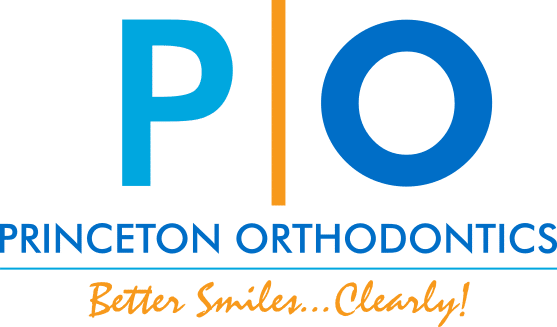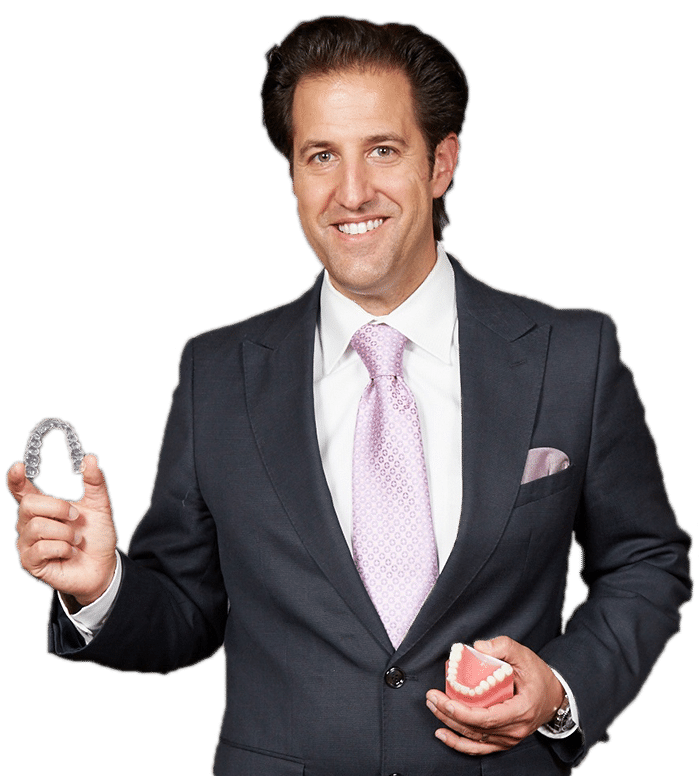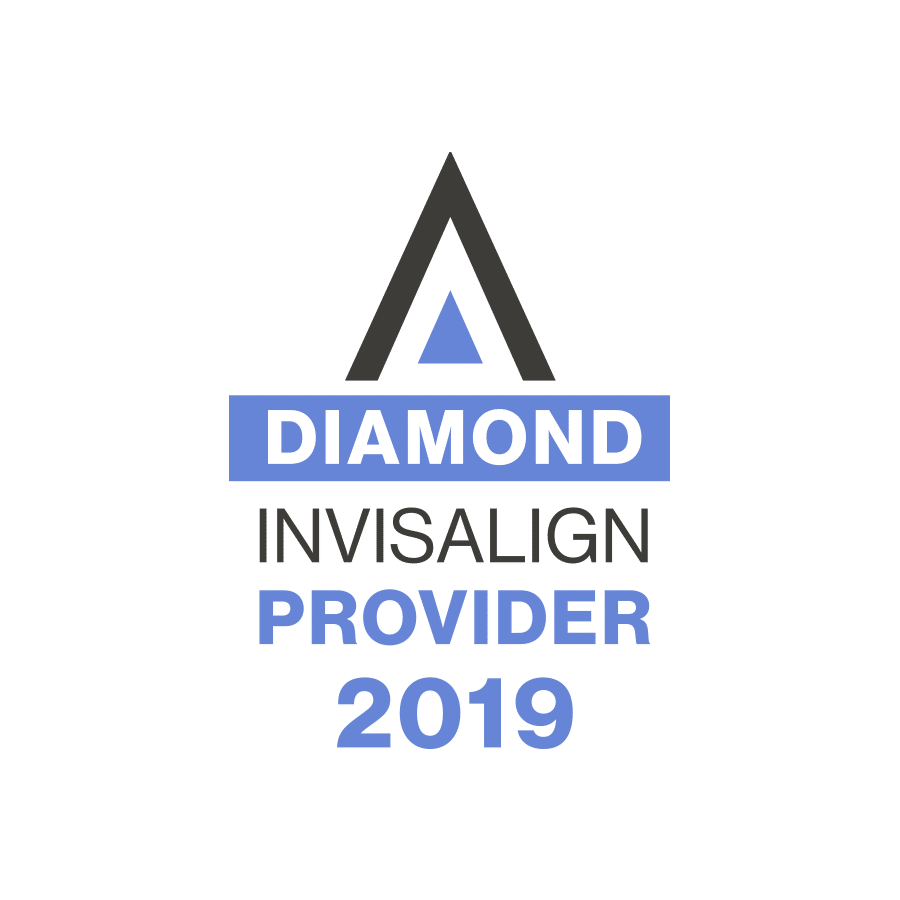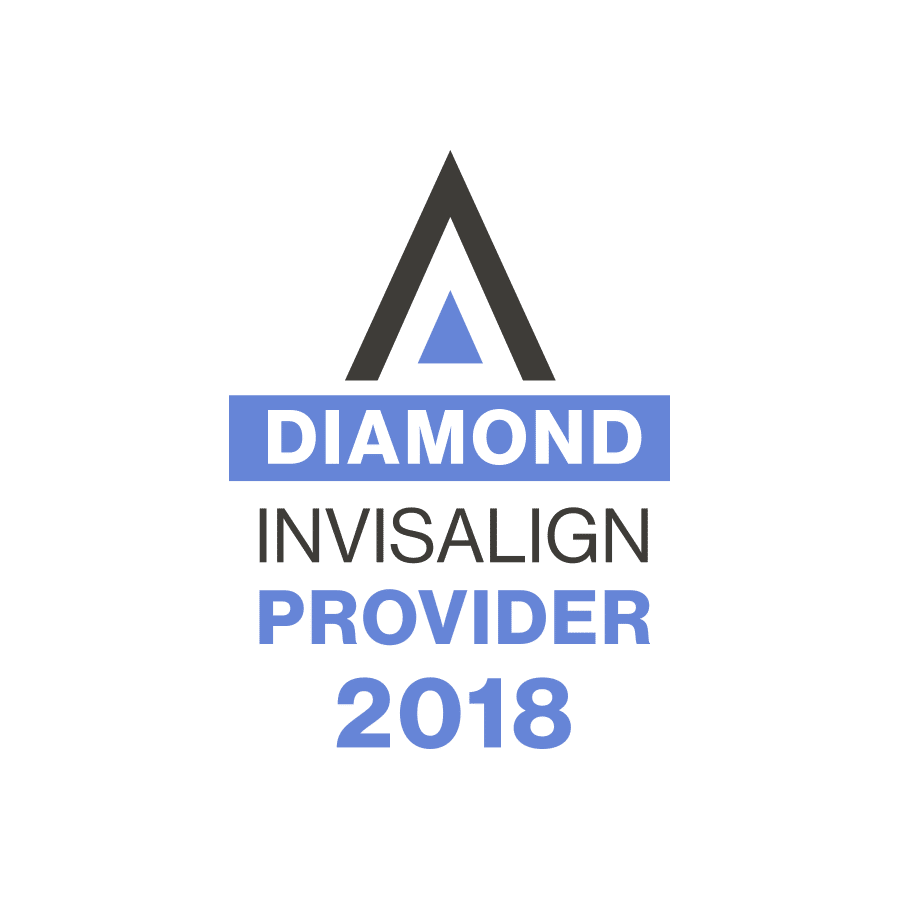How Can Invisalign Fix Overbites or Underbites?
Bite problems like overbites and underbites aren’t just about appearance. They can affect chewing, jaw comfort, and long-term oral health. Many people ask the same question when exploring treatment options: can Invisalign fix overbites? The short answer is yes—in many cases, it can. But how it works, and how effective it will be, depends on your specific bite and alignment needs.
Before getting into how Invisalign works, it helps to understand what exactly is going on with your bite.
Understanding the Bite Problem
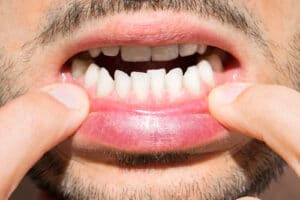
Overbites and underbites fall under a category called malocclusion, which means the teeth don’t align properly when the jaw is closed. This misalignment can lead to different symptoms depending on the bite type.
What Is an Overbite?
An overbite happens when the upper front teeth extend too far over the lower front teeth. A slight overbite is normal, but a deeper overbite can cause:
-
Excessive wear on teeth
-
Jaw strain or discomfort
-
A “collapsed” bite appearance
What Is an Underbite?
With an underbite, the lower teeth sit in front of the upper teeth. This condition can cause:
-
Difficulty chewing certain foods
-
Jaw pain or stiffness
-
Uneven tooth wear
-
Increased risk of tooth injury
Why Fixing Your Bite Matters
Ignoring bite problems can lead to long-term issues, including tooth damage, gum stress, and TMJ complications. Fixing your bite also improves how your smile looks and feels. For many patients, Invisalign offers a convenient way to correct these issues—without the brackets and wires of traditional braces.
Can Invisalign Fix Overbites and Underbites?
Many people exploring orthodontic options ask the same question: can Invisalign fix overbites and underbites effectively? In a lot of cases, it can. Invisalign uses a series of custom-fit aligners to gradually move teeth into better alignment. This includes adjusting the bite to reduce or eliminate an overbite or underbite.
But like any treatment, it depends on the complexity of the case and the patient’s commitment to wearing the aligners consistently.
How Invisalign Works for Bite Correction
Invisalign aligners apply steady, controlled pressure on the teeth. Each new set of trays shifts them slightly closer to the desired position. Over time, this not only improves alignment but can also correct bite issues—if they’re within the range Invisalign is designed to handle.
For bite correction specifically, Invisalign may use:
-
Precision cuts or “bite ramps” to help guide jaw movement
-
Attachments that help the aligners grip certain teeth more effectively
-
Elastics in some cases to help with jaw alignment
Cases Invisalign Can Typically Treat
Invisalign tends to be most effective for:
-
Mild to moderate overbites
-
Mild to moderate underbites
-
Bite issues caused by tooth position rather than jaw shape
-
Patients who don’t need surgical intervention
When Invisalign May Not Be Enough
In more severe cases—especially those involving skeletal alignment issues—Invisalign might not be the best approach on its own. Patients with significant jaw discrepancies may need a combination of treatments, such as braces or even jaw surgery.
That’s why an in-person evaluation with an orthodontist is so important. It helps determine if Invisalign is a suitable solution for your bite concerns.
How Invisalign Treats Overbites and Underbites: Step-by-Step
Once your orthodontist confirms that Invisalign is a good fit, your treatment begins with careful planning. Every step is designed to move your teeth—and your bite—closer to the right alignment. If you’re still wondering can Invisalign fix overbites in a structured way, here’s how it happens.
1. Digital Scans and Bite Evaluation
Your provider will start by taking digital impressions of your teeth. These scans show how your upper and lower teeth meet, helping identify how severe the overbite or underbite is. A personalized treatment plan is then created based on those scans.
2. Treatment Plan and Aligner Setup
Using software, your provider maps out the movement of each tooth. This plan predicts how your bite will shift over time. From there, your aligners are made in a sequence—each one slightly different from the last.
In some bite correction cases, Invisalign includes:
-
Small attachments bonded to teeth for added grip
-
Pressure points built into the aligners
-
Elastics for jaw guidance (when needed)
3. Wearing the Aligners Consistently
Wearing your aligners for 20 to 22 hours a day is essential. They must be removed only for eating, drinking anything besides water, and brushing. Skipping wear time can slow progress or lead to less effective results.
4. Regular Monitoring
Your orthodontist will check your progress every 6 to 10 weeks. They’ll make sure your teeth and jaw are shifting properly. In some cases, mid-course adjustments are made to stay on track.
5. Retention Phase
After active treatment, a retainer helps keep your new bite in place. This part is just as important as the aligners themselves. Without retention, the bite can shift back.
In many cases, this process works well for patients with mild to moderate bite concerns. For more complex situations, a different approach may be needed—but Invisalign remains a solid option for many people looking to improve their bite without braces.
Benefits of Using Invisalign for Bite Issues
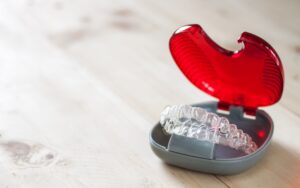
Choosing Invisalign for bite correction isn’t just about skipping brackets. It’s also about comfort, convenience, and lifestyle. For patients with overbites or underbites, the process can be smoother and less noticeable than traditional options.
Clear and Discreet
The aligners are transparent, so most people won’t notice you’re wearing them. This can be a big plus for adults and teens who prefer a low-profile solution.
Comfortable Fit
Invisalign trays are made of smooth plastic, custom-shaped to your teeth. There are no wires to poke your gums or cheeks, which can make treatment easier to manage day-to-day.
Easier Cleaning
Since the aligners are removable, brushing and flossing stay simple. There’s no need to work around brackets, which helps keep your mouth healthier during treatment.
More Flexibility
You can take aligners out for meals, events, and photos. Just remember to put them back in right after.
Efficient for Many Cases
For mild to moderate bite problems, Invisalign can work just as well—and sometimes faster—than traditional braces. The digital planning allows for highly precise movements, and treatment timelines can range from 6 to 18 months depending on the case.
This mix of comfort and effectiveness is why many patients with bite issues choose Invisalign when given the option.
When Invisalign Might Not Be Enough
While Invisalign is effective for many bite issues, it’s not always the best option for every case. Some bite problems involve more than just tooth alignment—they may be related to the way the jaw has developed. In those situations, other treatments might be needed.
Situations That May Require Alternatives
Here are a few reasons why Invisalign might not be the right fit:
-
Severe skeletal overbites or underbites
When the jawbones are significantly misaligned, clear aligners may not create enough movement on their own. -
Impacted teeth or major crowding
Teeth stuck below the gumline or severe spacing issues may need surgical help or braces to guide them into place. -
Missing or compromised teeth
Invisalign requires healthy teeth to apply force. If teeth are missing or unstable, other methods may be safer. -
Unreliable aligner wear
If the aligners aren’t worn consistently, results can suffer. In some cases, braces may be better for patients who struggle to keep aligners in.
What Happens If You’re Not a Candidate?
Your orthodontist will talk you through the best treatment options. This might include:
-
Traditional metal or ceramic braces
-
A combination of braces and surgery for severe cases
-
Phase 1 orthodontics for children with early jaw development issues
The good news is, if Invisalign isn’t ideal for your bite, there are still ways to correct it effectively.
FAQs: Can Invisalign Fix Overbites and Other Bite Issues?
Still have questions? You’re not alone. These are some of the most common things people ask before starting treatment.
Can Invisalign fix overbites in adults or only in teens?
Yes, Invisalign can fix overbites in adults, not just teenagers. As long as the issue isn’t skeletal and you have healthy teeth and gums, clear aligners can be a great solution at any age.
Is Invisalign faster than braces for fixing bite problems?
In some cases, yes—especially when the issue is mild or moderate. Since Invisalign treatment is mapped digitally from the start, the process can be very efficient. But for more complex bite corrections, braces might work faster.
How do I know if my bite can be fixed with Invisalign?
The only way to know for sure is through a consultation with an orthodontist. They’ll scan your teeth and assess your bite to determine if Invisalign is the right approach.
What’s the cost difference between Invisalign and braces for overbite treatment?
Prices vary, but Invisalign and braces tend to be in a similar range. Invisalign may be slightly more expensive in some cases, depending on the complexity and duration of treatment. Many practices offer payment plans to make either option more affordable.
Will I need rubber bands or attachments during Invisalign treatment?
Possibly. Some overbite or underbite cases need extra support through small attachments or rubber bands. These help guide the jaw or specific teeth into better alignment.
Conclusion: Invisalign as a Bite Correction Option
So—can Invisalign fix overbites and underbites? In many cases, yes. It can align your teeth, improve how your bite fits, and make daily functions like chewing and speaking feel more natural. The process is discreet, comfortable, and often more convenient than traditional braces.
That said, it’s not the solution for everyone. Some bite issues are more complex and may need a different approach. That’s why a professional evaluation is key.
If you’re dealing with a bite issue and wondering what your options are, the best next step is to speak with an experienced orthodontist. They can assess your teeth and show you how Invisalign might work for your specific case.
Take the Next Step Toward a Healthier Bite with Confidence
If you’ve been told Invisalign isn’t the right option for your bite, it might be time for a second opinion. Complex cases, including overbites and underbites, often require the experience of someone who deeply understands how to use aligners effectively. At Princeton Orthodontics, Dr. Jonathan Nicozisis brings unmatched expertise—having helped develop Invisalign protocols used by orthodontists across the country.
You don’t have to settle for guesswork when it comes to your treatment. Trust a specialist who’s trained others and continues to push the limits of what Invisalign can achieve.
Contact us today to schedule an appointment with Princeton Orthodontics. Your path to a stronger, more comfortable smile starts with the right expert.
